
John Curran
Wednesday September 16 2009
The Guardian
--
John Curran, a lifelong Christie fan, lives in Dublin. For many years he edited the official Agatha Christie Newsletter and acted as a consultant to the National Trust during the restoration of Greenway House, Dame Agatha's Devon home. His first book, Agatha Christie's Secret Notebooks, which explores the contents of 73 hitherto unseen journals, has just been published.
Buy Agatha Christie's Secret Notebooks at the Guardian bookshop
"Agatha Christie was the greatest exponent of the classical detective story. Her unique literary talents have crossed every boundary of age, race, class, geography and education. While she refined the template for a fictional form, the reading of her books became an international pastime. As we celebrate her 120th birthday these are my highlights of her literary career."1.
- 1. The Murder of Roger Ackroyd (1926)
Hercule Poirot has retired to the village of King's Abbot to cultivate marrows. But when wealthy Roger Ackroyd is found stabbed in his study, he agrees to investigate. A typical village murder mystery; or so it seems until the last chapter with its stunning revelation. This title would still be discussed today even if Christie had never written another book. An unmissable, and still controversial, milestone of detective fiction.
- 2. Peril at End House (1932)
The impoverished owner of End House hosts a party where fireworks camouflage the shot that kills her cousin. Which of the other guests is a murderer? Perfectly paced, with subtle and ingenious clueing, and an unexpected but totally logical solution. Of its type, perfection; this is how the classic detective story should be written.
- 3. Murder on the Orient Express (1934)
The glamorous Orient Express stops during the night, blocked by snowdrifts. Next morning the mysterious Mr. Ratchett is found stabbed in his compartment and untrodden snow shows that the killer is still on board. This glamorous era of train travel provides Poirot with an international cast of suspects and one of his biggest challenges. Predicated on an inspired gimmick, this is one of the great surprise endings in the genre.
- 4. The ABC Murders (1935)
Despite advance warnings, Poirot is unable to prevent the murders of Alice Ascher, Betty Barnard and Carmichael Clarke. Can he stop the ABC Killer before he reaches D? One of the earliest examples of the "serial killer" novel this classic Christie is based on a beautifully simple premise. But how many readers are as clever as Poirot?
- 5. And Then There Were None (1939)
Ten people are invited to an island for the weekend. Although they all harbour a secret, they remain unsuspecting until they begin to die, one by one, until eventually ? there are none. Panic ensues when the diminishing group realises that one of their own number is the killer. A perfect combination of thriller and detective story, this much-copied plot is Christie's greatest technical achievement.
- 6. Five Little Pigs (1943)
Sixteen years ago, Caroline Crale died in prison while serving a life sentence for poisoning her husband. Her daughter asks Poirot to investigate a possible miscarriage of justice and he approaches the other five suspects. This sublime novel is a subtle and ingenious detective story, an elegiac love story and a masterful example of storytelling technique, with five separate accounts of one devastating event. Christie's greatest achievement.
- 7. Crooked House (1949)
The Leonides family all live together in a not-so-little crooked house. But which of them poisoned the patriarch, Aristides? Murder in the extended family always provided fertile ground for Christie, and this was one of her own favourites. Another example of a sinister reinterpretation of a nursery rhyme with an ending that her publishers initially considered too shocking, even for Agatha Christie.
- 8. A Murder is Announced (1950)
In the village of Chipping Cleghorn, a murder is announced in the local paper's small ads. As Miss Blacklock's friends gather for what they fondly imagine will be a parlour game, an elaborate murder plot is set in motion. This was Christie's 50th title and remains Miss Marple's finest hour. Notable also for its setting in post-war Britain (a factor vital to the plot) this is arguably the last of the ingeniously clued and perfectly paced Christies.
- 9. Endless Night (1967)
Working-class Michael Rogers tells the story of his meeting and marrying Ellie, a fantastically rich American heiress. As they settle in their dream house in the country, it becomes clear that not everyone is happy for them. A very atypical Christie, this tale of menacing suspense builds to a horrific climax and shows that even after 45 years she had not lost the power to confound her readers. The best novel from her last 20 years.
- 10. Curtain: Poirot's Last Case (1975, but written during the second world war)
An old and frail Poirot returns to the scene of his first case, the country house Styles, now a guest-house. He summons his friend Hastings to help identify the killer he suspects is a fellow-guest. Christie uses every trick in the book to produce a unforgettable, yet poignant, swan song for the little Belgian. This novel was written during the Blitz and stored in a safe to be published after Christie's own death. It was actually published in October 1975 (Christie died in January 1976) and Poirot received a front-page obituary in the New York Times. In a lifetime of literary tours-de-force, this is the biggest shock of all.
--
guardian.co.uk Copyright (c) Guardian News and Media Limited. 2009




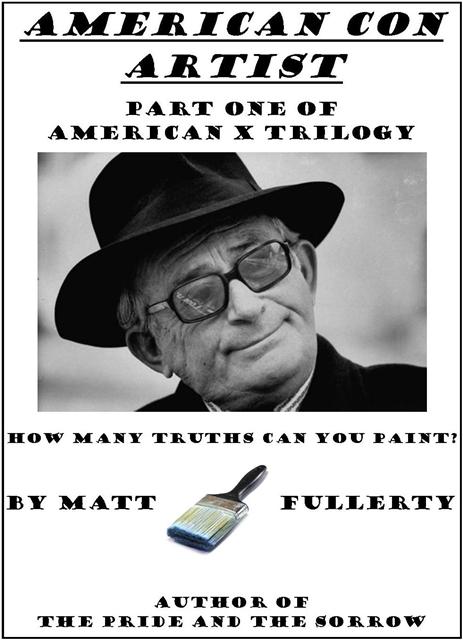cropped.jpg)
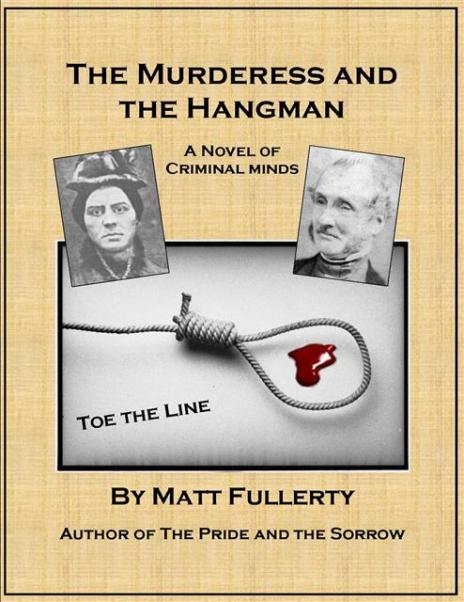.jpg)
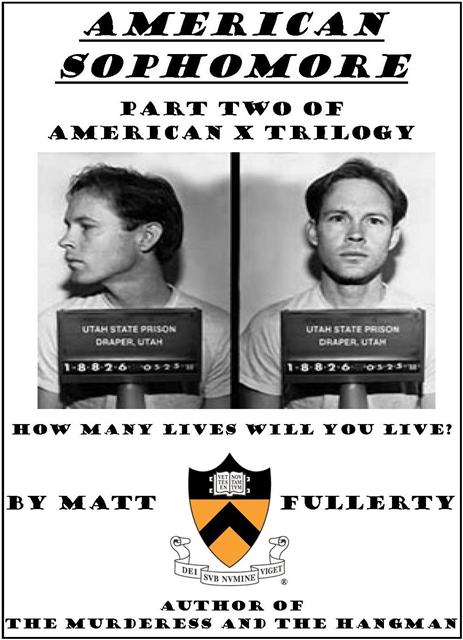cropped.jpg)
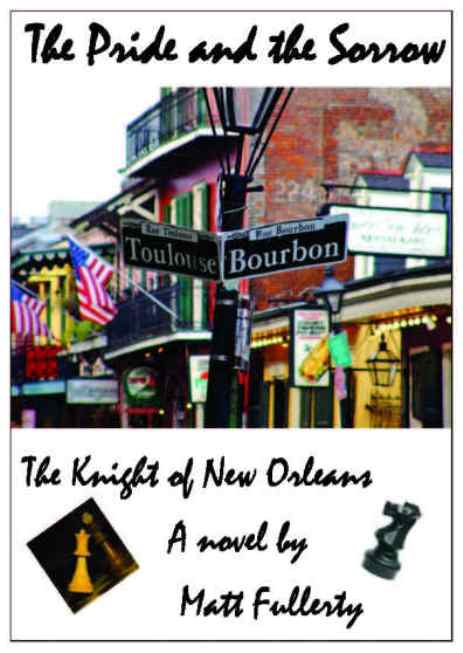2.jpg)
Cropped.jpg)
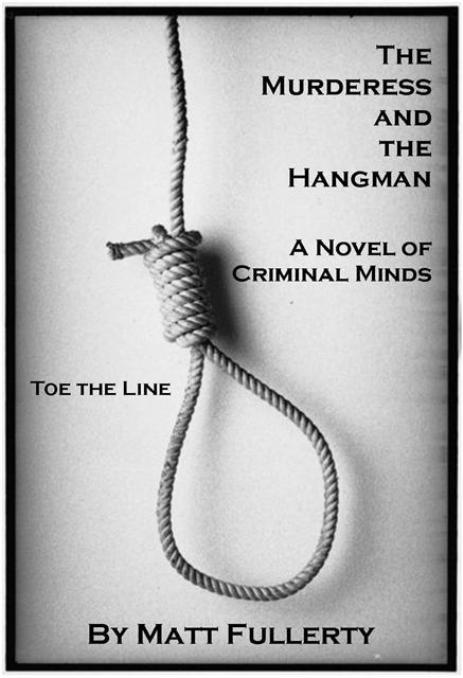cropped.jpg)
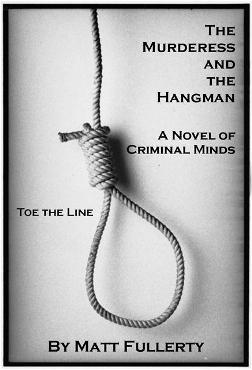4.jpg)






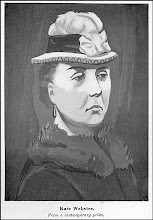







No comments:
Post a Comment